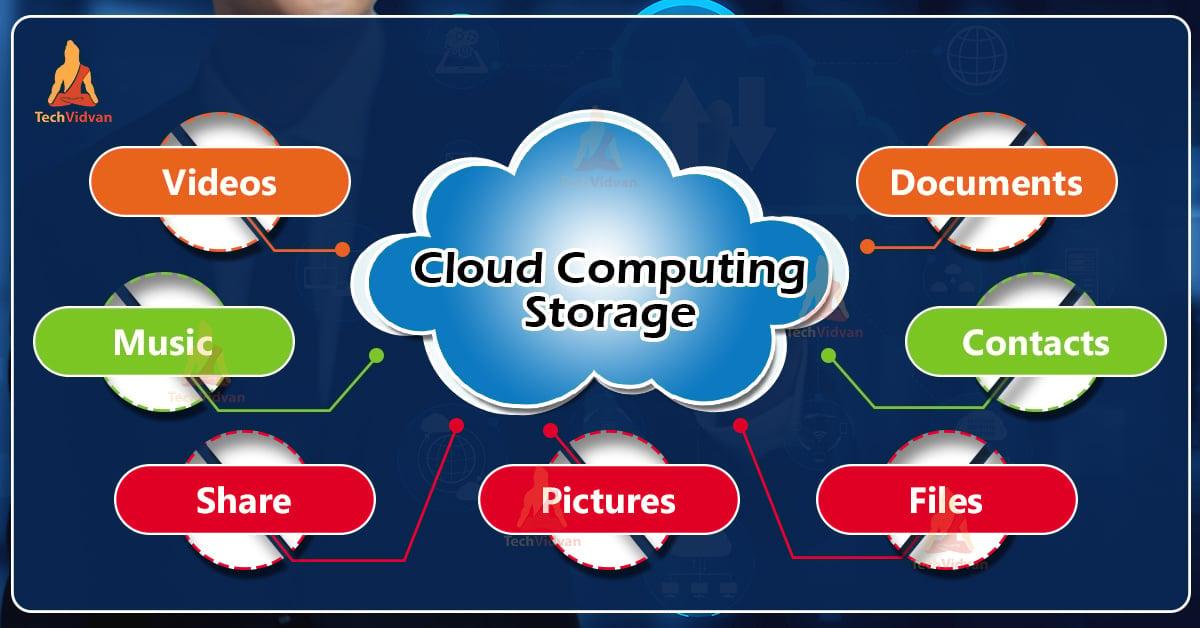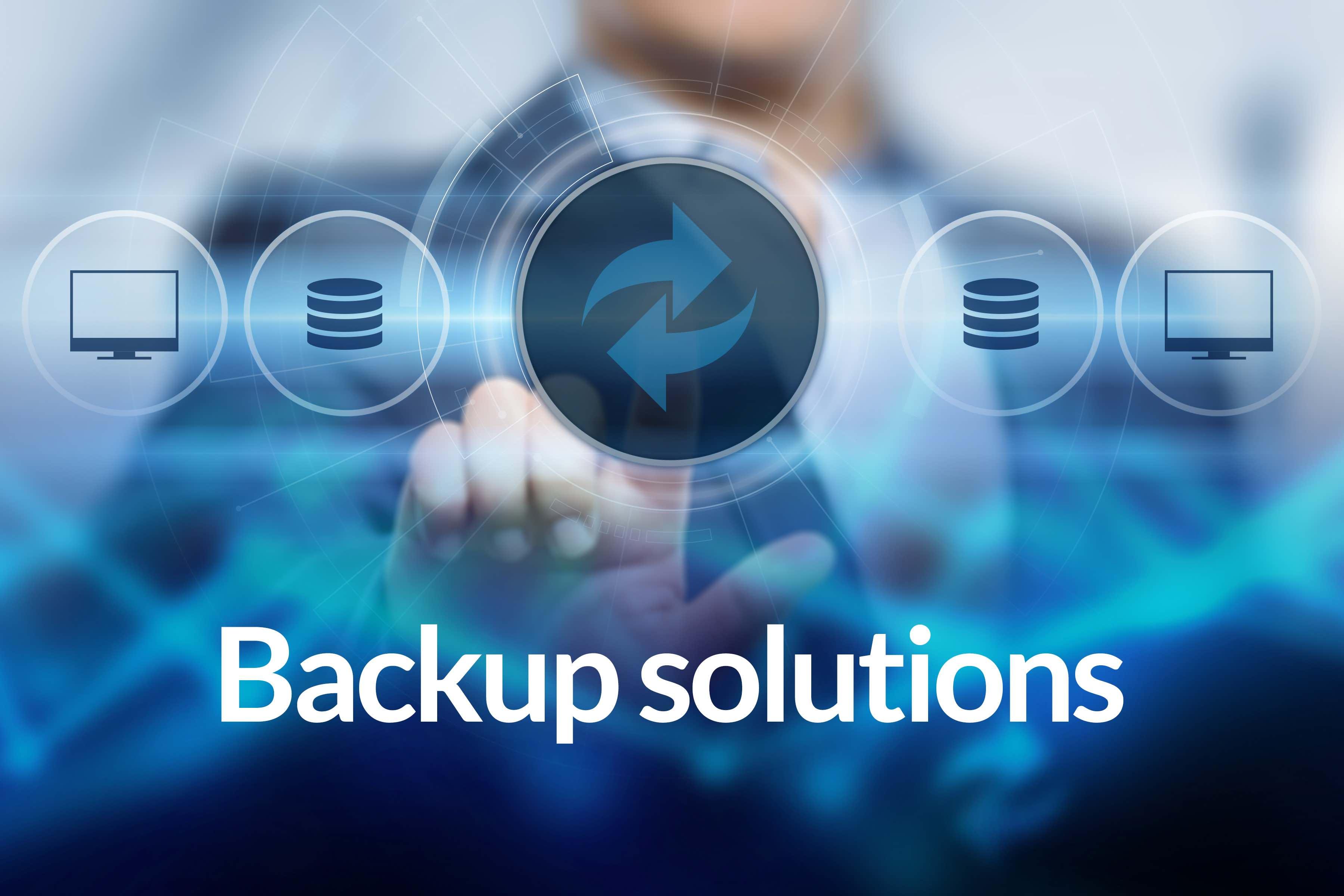In an era where digital transformation reigns supreme, businesses increasingly turn to Software as a Service (SaaS) solutions to streamline operations and enhance productivity. However, with convenience comes vulnerability; as organizations entrust sensitive data to the cloud, the stakes surrounding data security and integrity have never been higher. One crucial aspect that often slips under the radar amidst the excitement of innovation is data backup. While modern SaaS applications offer an array of features, the need for a robust data backup strategy remains paramount. In this essential guide, we will unravel the complexities of ensuring the security of your SaaS data through effective backup practices. By navigating through the intricacies of SaaS data management, we aim to equip you with the knowledge needed to safeguard your digital assets against an ever-evolving landscape of threats and mishaps. Join us as we explore the fundamental steps to fortify your data security strategy and maintain business continuity in the face of uncertainty.
Understanding the Importance of Data Backup in SaaS Environments
In today’s digital landscape, the reliance on Software as a Service (SaaS) platforms has skyrocketed, making understanding data backup crucial for businesses. SaaS providers typically handle software maintenance and infrastructure, but the responsibility for securing data often rests with the users. This makes it essential to have a robust data backup strategy that ensures protection against unexpected data loss. Without proper backups, organizations risk facing significant operational disruptions and data breaches. Protecting your data involves recognizing that technology is inherently unpredictable, and thus, preparedness is key.
To safeguard your organization’s data, consider implementing a comprehensive backup plan that encompasses the following elements:
- Regular Backups: Schedule automatic backups on a daily or weekly basis to ensure all new data is captured.
- Multiple Backup Methods: Utilize a combination of cloud storage and local backups to create redundancy.
- Testing Backup Restoration: Regularly verify that your backups are functioning and can be restored without issues.
- Data Encryption: Ensure that your backup data is encrypted to protect it from unauthorized access.
| Backup Method | Advantages | Limitations |
|---|---|---|
| Cloud Backup | Scalable, automated, accessible from anywhere | Dependent on internet connectivity, potential ongoing costs |
| Local Backup | Full control, faster restoration | Risk of physical damage or theft, requires manual management |

Identifying Key Risks and Vulnerabilities in Cloud Data Storage
When considering the security of your data in the cloud, it’s vital to pinpoint the key risks and vulnerabilities that can arise. Common threats include:
- Data Breaches: Unauthorized access can lead to sensitive information being exposed.
- Insider Threats: Employees with malicious intent or accidental negligence can compromise data integrity.
- Weak Access Controls: Insufficient measures to restrict access to data can result in unauthorized usage.
- Inadequate Encryption: Without robust encryption, data can be intercepted during transport or at rest, making it vulnerable to cyberattacks.
To effectively manage these risks, organizations should implement a comprehensive approach to assess their cloud storage security. This involves conducting regular audits to identify vulnerabilities and keep software up-to-date. Below is a summary of measures to consider:
| Risk | Mitigation Strategy |
|---|---|
| Data Breach | Utilize advanced encryption methods and strong firewalls. |
| Insider Threat | Implement stringent personnel policies and monitor accessibility. |
| Weak Access Controls | Adopt multi-factor authentication and role-based access. |
| Inadequate Encryption | Regularly update encryption protocols and key management. |

Strategies for Implementing Effective Backup Solutions
Implementing effective backup solutions requires a clear strategy tailored to your organization’s specific needs. Evaluate your data by identifying which information is critical and must be preserved. Prioritize data based on its importance and frequency of updates. Establish a backup schedule that aligns with business operations—consider daily backups for high-volume data and weekly or monthly for less critical information. Additionally, leverage automation to minimize human error and ensure consistency, allowing your team to focus on more strategic tasks.
Choosing the right storage method is paramount for robust backup solutions. Explore options such as local storage for quick access and larger capacity, or cloud-based solutions for flexibility and scalability. Each option has its advantages, yet combining both can create a comprehensive hybrid backup strategy. To facilitate decision-making, here’s a quick comparison of storage methods:
| Storage Method | Pros | Cons |
|---|---|---|
| Local Storage | – Fast retrieval – Full control over data | – Risk of physical damage – Limited off-site protection |
| Cloud Storage | – Scalability – Remote access | – Ongoing costs – Dependent on internet connectivity |
| Hybrid Storage | – Balanced risk management – Flexible options | – More complex management – Potential overlapping costs |

Best Practices for Regular Monitoring and Data Recovery
Maintaining robust security protocols for your SaaS data architecture is paramount. Regular monitoring not only helps in identifying potential vulnerabilities but also enables organizations to respond proactively to emerging threats. Here are some best practices to ensure that your monitoring process is effective and comprehensive:
- Establish Routine Audits: Schedule regular audits to evaluate your existing data backup procedures and identify areas for improvement.
- Utilize Automated Alerts: Implement automated systems that notify your team of any suspicious activity or anomalies in data access patterns.
- Document Changes: Maintain a log of all changes made to data access permissions and backup configurations, ensuring an audit trail is always available.
- Test Restoration Procedures: Regularly perform test restorations to ensure that your data recovery procedures work efficiently and reliably.
In tandem with effective monitoring, a solid data recovery strategy is critical for safeguarding your SaaS data. A well-structured approach to data recovery planning can significantly reduce downtime and data loss during an incident. Consider these essential components in your recovery strategy:
| Recovery Component | Description |
|---|---|
| Data Backup Frequency | Determine how often to back up data based on its criticality and how frequently it changes. |
| Data Prioritization | Identify which data sets are most crucial for business operations and prioritize them in your recovery plan. |
| Diverse Backup Locations | Utilize multiple backup locations (cloud, local drives) to mitigate risks associated with location-specific failures. |
| Regular Training | Conduct regular training sessions to keep your team informed and ready for recovery procedures. |
The Conclusion
In a world where data is the backbone of modern enterprise, ensuring its safety through reliable SaaS data backup solutions is not just a precaution—it’s a necessity. As we’ve explored in this guide, the landscape of data threats is ever-evolving, but so too are the strategies and technologies available to protect against them. By embracing a proactive approach to data backup, you empower your organization not only to recover quickly from unforeseen incidents but also to thrive in an increasingly digital environment.
As you move forward, remember that security is not a one-time effort, but an ongoing commitment. Assess your needs, adopt robust backup solutions, and foster a culture of vigilance within your team. In doing so, you’ll not only safeguard your critical assets but also enhance your organization’s resilience in the face of uncertainty.
Ultimately, investing in reliable data backup is investing in the future of your business. So take heart, stay informed, and ensure that your data remains safe and sound—ready to support your goals, wherever the journey may lead. After all, in the age of digital transformation, security isn’t just an option; it’s an essential foundation upon which your success will be built.



